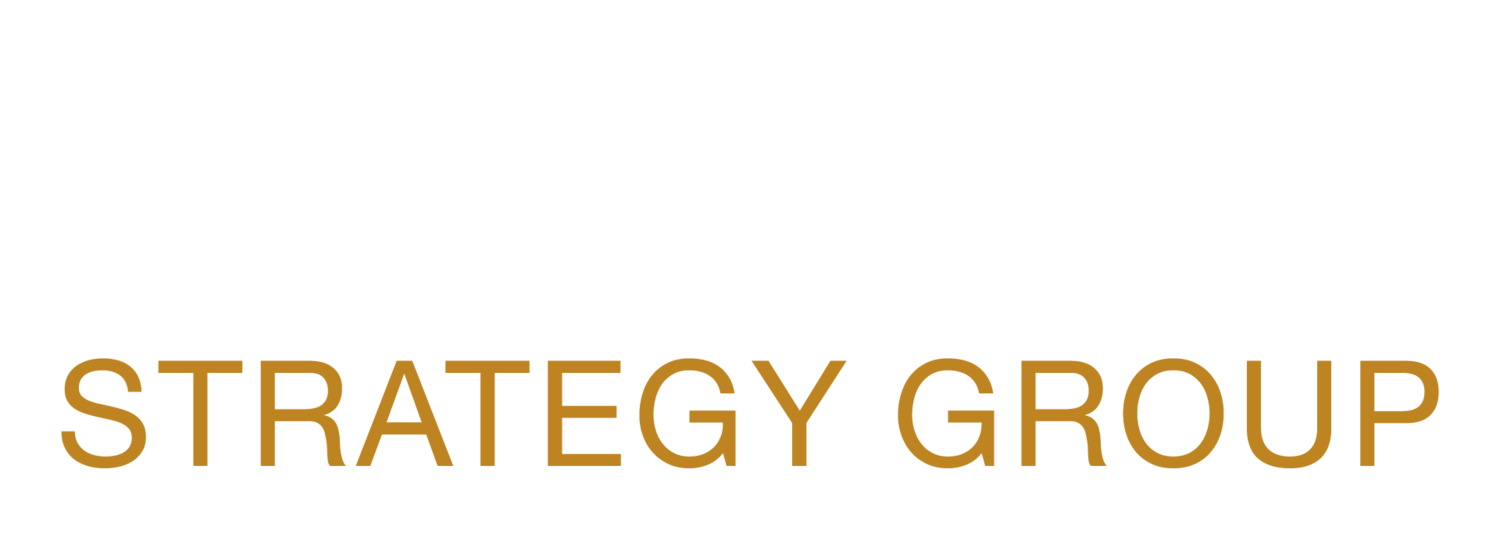Colorado Companies Striving for a Healthy Simplicity: Alchemy Strategy’s visual mapping project for Children’s Hospital Colorado
This article by Ed Sealover originally appeared in Denver Business Journal
Health care was complicated enough before massive reforms came along in recent years, leading hospital executives and other officials to try to simplify initiatives and other changes for staff. And one way that’s happening is through mapping.
Lois Todd, CEO of Alchemy Strategy Group, said an increasing number of health-care organizations are requesting her help in laying out visual plans for new strategies and projects with their workers.
Alchemy and other companies will listen in on planning sessions, work with large groups of employees and create almost whimsical cartoon explanations of initiatives that can serve as both explainers and reminders to staffers of what they must be doing.
Visual mapping is a strategy that is several decades old but one that has started to catch on only recently in Colorado, said Todd, who works with school districts and local governments as well as with four separate health systems.
But at a time when change can come rapidly and employers seek to get their workforces more engaged, breaking down the concepts in simple and approachable ways seems to be more and more necessary, especially in an industry that touches as many people as health care, she said.
“Maybe it’s a little bit a sign of the times when people are wanting a little easier way to grasp these concerns,” Todd said. “We’ve seen people really get energized. I think physicians particularly respect problem solvers.”
As an example of how visual mapping works, Todd cites a project she undertook last year with Children’s Hospital Colorado. The institution wanted to implement “Target Zero,” an initiative aimed at eliminating patient-safety events, and it wanted something that could stick with workers more successfully than a classroom learning session.
Todd worked with Dr. Daniel Hyman, chief quality and patient safety officer at the Aurora hospital, to understand the broad goals of promoting a questioning attitude and getting employees personally committed to reducing safety errors.
Then she worked with a larger group of employees to understand how the initiative could affect them, and she developed a landscape map analogizing worker activities to outdoor recreational activities.
So, a hiking path represented the journey to better safety practices. A broken bridge illustrated the need to pause and think about things. Pathway intersections represented places to question.
Hospital officials liked it so much that they posted the map in various places around the facility and even used it as a place mat at staff lunches.
“We all know that putting someone into a classroom and teaching them something … is fleeting. These practices need to be sustained,” Hyman said.

